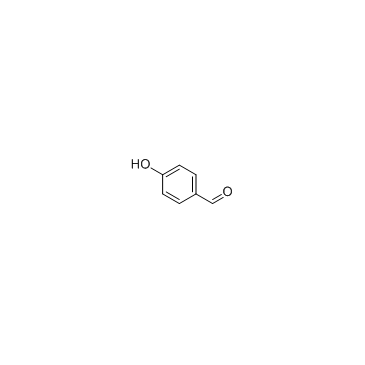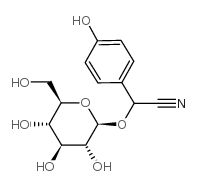| 结构式 | 名称/CAS号 | 全部文献 |
|---|---|---|
 |
4-羟基苯甲醛; 对羟基苯甲醛
CAS:123-08-0 |
|
 |
蜀黍苷
CAS:499-20-7 |
| 结构式 | 名称/CAS号 | 全部文献 |
|---|---|---|
 |
4-羟基苯甲醛; 对羟基苯甲醛
CAS:123-08-0 |
|
 |
蜀黍苷
CAS:499-20-7 |